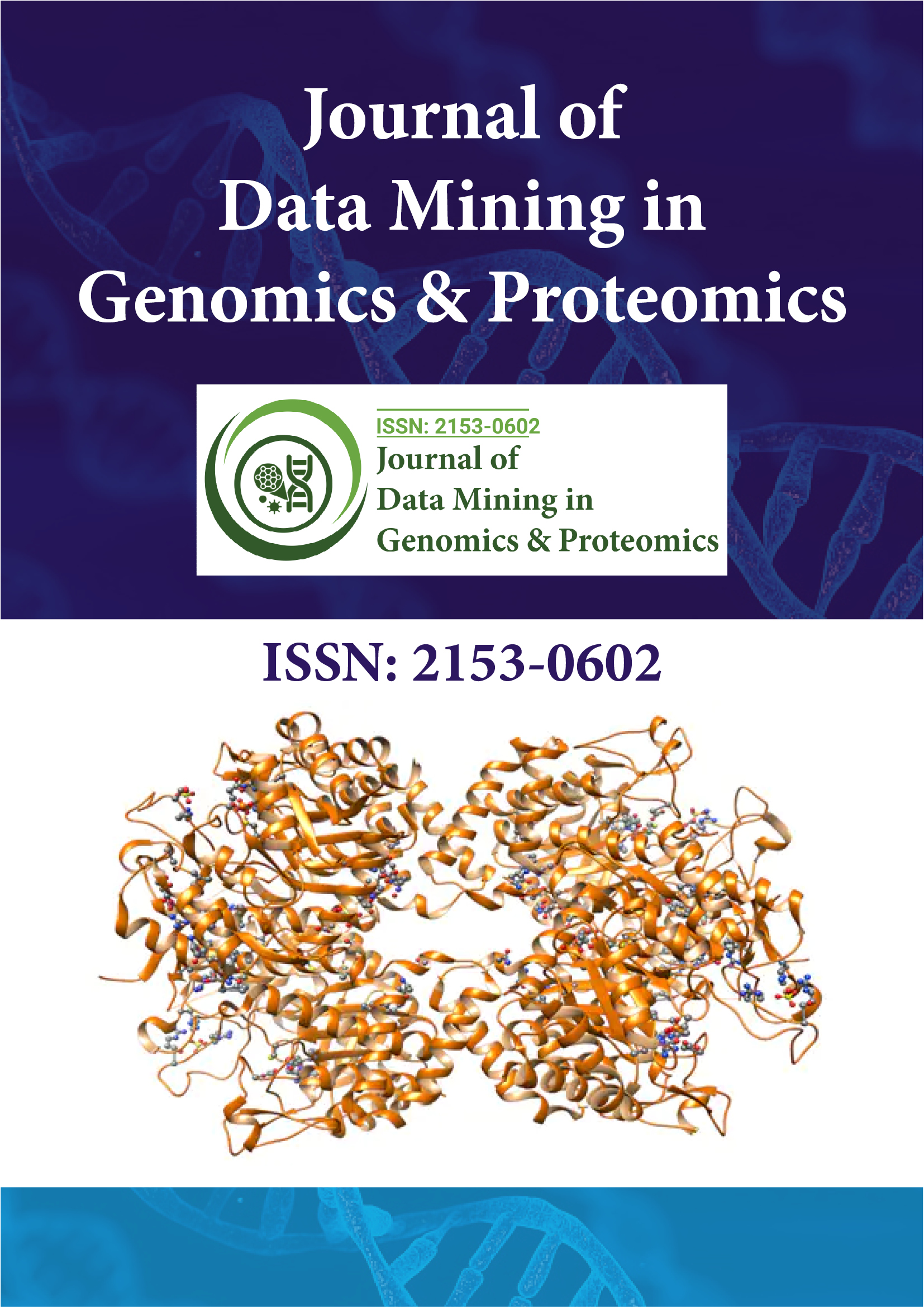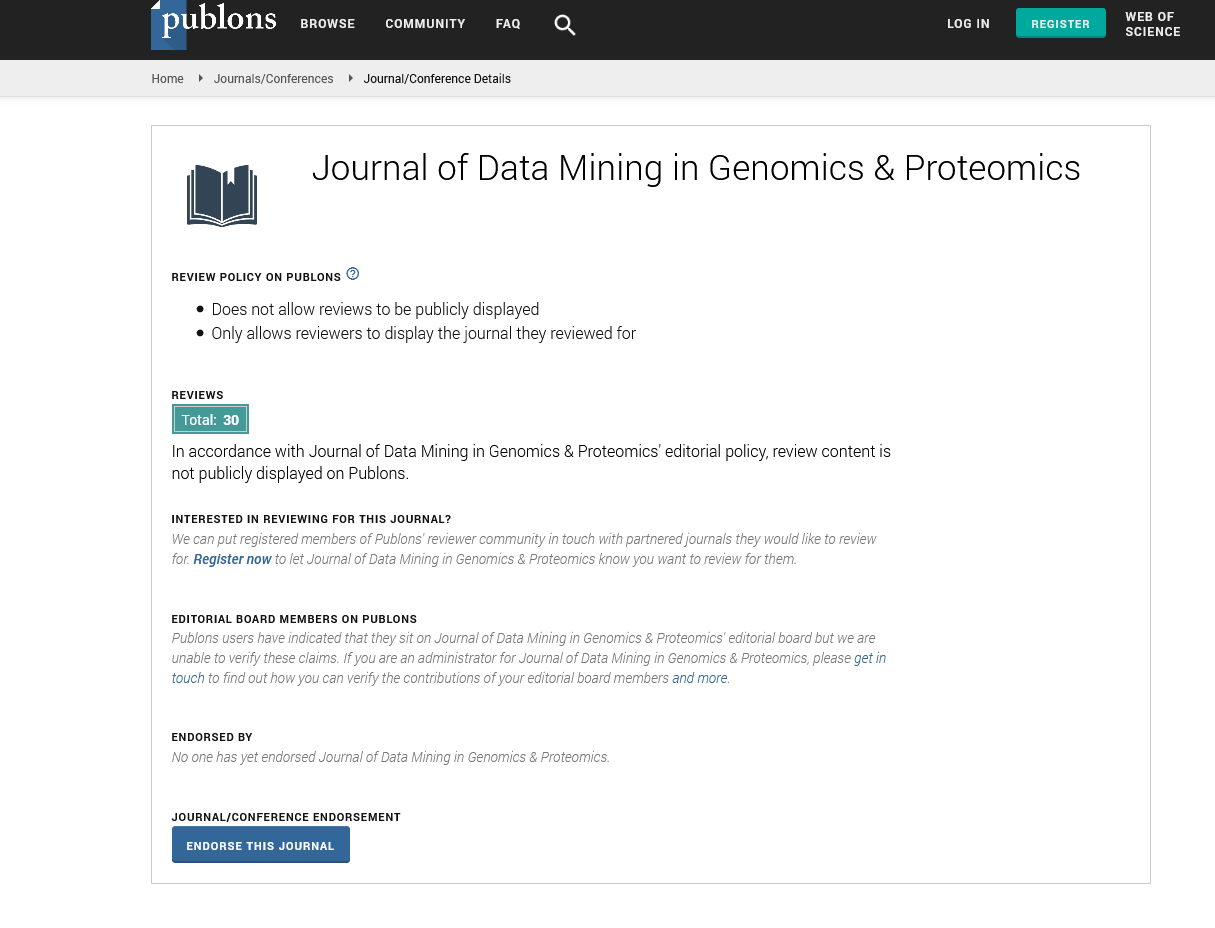Indexed In
- Academic Journals Database
- Open J Gate
- Genamics JournalSeek
- JournalTOCs
- ResearchBible
- Ulrich's Periodicals Directory
- Electronic Journals Library
- RefSeek
- Hamdard University
- EBSCO A-Z
- OCLC- WorldCat
- Scholarsteer
- SWB online catalog
- Virtual Library of Biology (vifabio)
- Publons
- MIAR
- Geneva Foundation for Medical Education and Research
- Euro Pub
- Google Scholar
Useful Links
Share This Page
Journal Flyer

Open Access Journals
- Agri and Aquaculture
- Biochemistry
- Bioinformatics & Systems Biology
- Business & Management
- Chemistry
- Clinical Sciences
- Engineering
- Food & Nutrition
- General Science
- Genetics & Molecular Biology
- Immunology & Microbiology
- Medical Sciences
- Neuroscience & Psychology
- Nursing & Health Care
- Pharmaceutical Sciences
Roger S Holmes
Griffith Research Institute for Drug Discovery (GRIDD) and School of Environment and Science, Griffith University, Nathan, QLD 4111, Australia
Publications
-
Research Article
Comparative Studies of Vertebrate Mitochondrial Carbonic Anhydrase (CA5) Genes and Proteins: Evidence for Gene Duplication in Mammals with CA5A Being Liver Specific and CA5B Broadly Expressed and Located on the X-Chromosome
Author(s): Roger S Holmes*
At least fifteen families of mammalian carbonic anhydrases (CA) (E.C. 4.2.1.2) catalyse the hydration of carbon dioxide and related functions. CA5A and CA5B genes encode distinct mitochondrial enzymes and perform essential biochemical roles, including ammonia detoxification and glucose metabolism. Bioinformatic methods were used to predict the amino acid sequences, secondary structures and gene locations for CA5A and CA5B genes and proteins using data from vertebrate genome projects. CA5A and CA5B genes usually contained 7 coding exons for each of the vertebrate genomes examined. Human CA5A and CA5B subunits contained 305 and 317 amino acids, respectively, with key amino acid residues including mitochondrial transit peptides; three Zinc binding sites (His130, His132, His155); and a Tyr164 active site. Phylogenetic analyses of vertebrate CA5 gene families suggested that it is an ancien.. View more»

